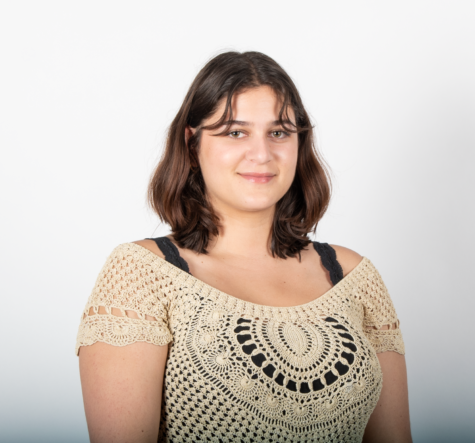Over Sexualized and Underrepresented
The lack of accurate sapphic representation in media makes young queer women’s self discovery journeys more difficult and lonely.
Photo by rawpixel.com
“Your grandfather could understand two men together, but two women is something he can’t wrap his head around,” my mother responded after I questioned whether to tell my grandpa I’m gay. Why is that such a hard concept to grasp? Is it because there would be no ‘man of the house’? Or maybe because some men don’t understand pleasure without the presence of a man?
Queer women are not taken seriously in society. Our sexual identity is not accepted and we are often told that “it’s just a phase” or “it’s fine as long as you marry a man.” This invalidation is the reason why there’s little mainstream representation for queer women in media. In the rare case when media is representative, the women are traditionally over-sexualized and dehumanized. This lack of accurate representation isolates young women on their journey to self-discovery.
Cosmopolitan magazine has a list of the 22 best TV shows about queer women. The key word here is ‘about,’ meaning the characters aren’t secondary or mentioned once then forgotten like in other shows. I’m frustrated to say that, upon reading this list, I didn’t recognize 13 out of the 22 titles and neither did anyone I know, even though I spend about 85% of my time watching TV, so I’m pretty much up to date on current and old shows. The article noted that these shows aren’t advertised very well, and therefore don’t reach a large audience. A lot of them go unrecognized, despite having thoughtful and accurate portrayals. In addition, many of these shows got canceled after the first season. So the problem isn’t that there are no TV shows with realistic representation, it’s that they don’t reach mainstream audiences.
Inaccessibility to real depictions of sapphic people is a huge issue, especially for young, queer women who may be going through their own self-discovery journey. Media should have content laid out for us without making too much of an effort to find something entertaining. Algorithms were invented as a way to automatically track a person’s interests and find relevant entertainment for them. Because queer stories often don’t get picked up by major production companies, they aren’t advertised as extensively as other, heteronormative pieces of media. Viewers most likely have to do a good amount of research to find shows that accurately and engagingly depict lesbian stories.. Since queer stories aren’t promoted as much, young sapphics have nothing to turn to as they question what it means to be gay and what their life could mean for them. I know I didn’t.
As I was coming to terms with my sexuality earlier this year, I went through a dilemma where I realized I hadn’t ever seen a lesbian character on TV or in movies that I could relate to. All the shows I watched either had a queer woman who said maybe five lines in the whole series, or they had a really depressing story, featuring homophobic family members or even getting kicked out of the house. While this is common with LGBTQ+ teens, it’s nice to see a gay person not suffering because of their sexuality. This lack of representation made my process lonely at times because I felt like nobody understood or even cared about who I was.
Of course, there is no easy fix to this problem. We must first teach others about queer women’s unique struggles and the LGBTQ+ community to move towards not just acknowledgement, but acceptance of these people and their stories. From there we can shape a new generation of executives who recognize minority stories and give them the platform to expand representation of queer people with stories that aren’t hypersexual or depressing or comedic relief. If I had had a form of media that showed me how to be comfortable with my sexuality, maybe my process would’ve involved a little less crying and fatigue.

My name is Izzie and I'm a senior staff writer. I've been on staff for 2 years and it's been a lot of fun. I originally joined because of my obsession with Gilmore Girls and Sex and the City and wanting...


